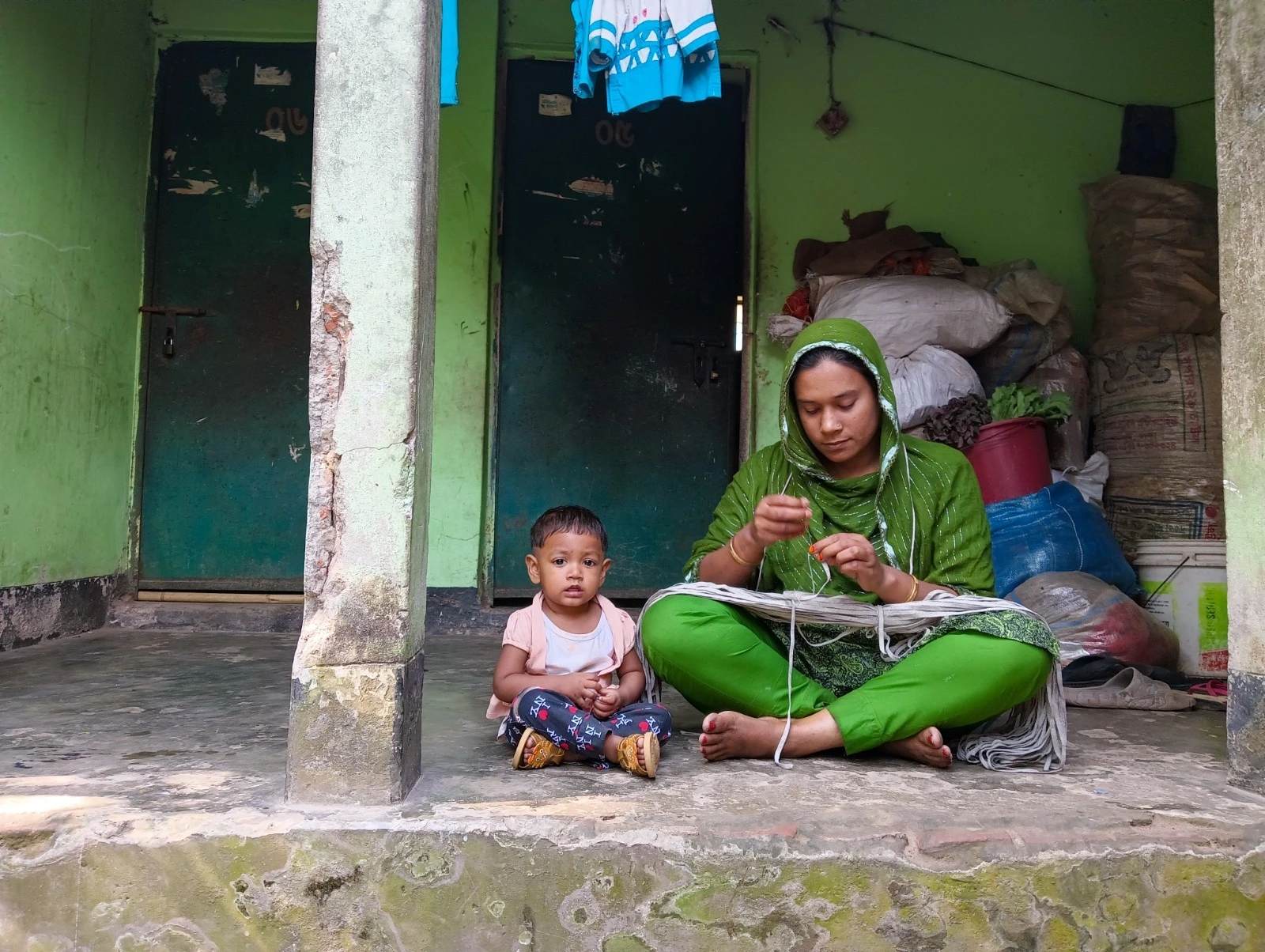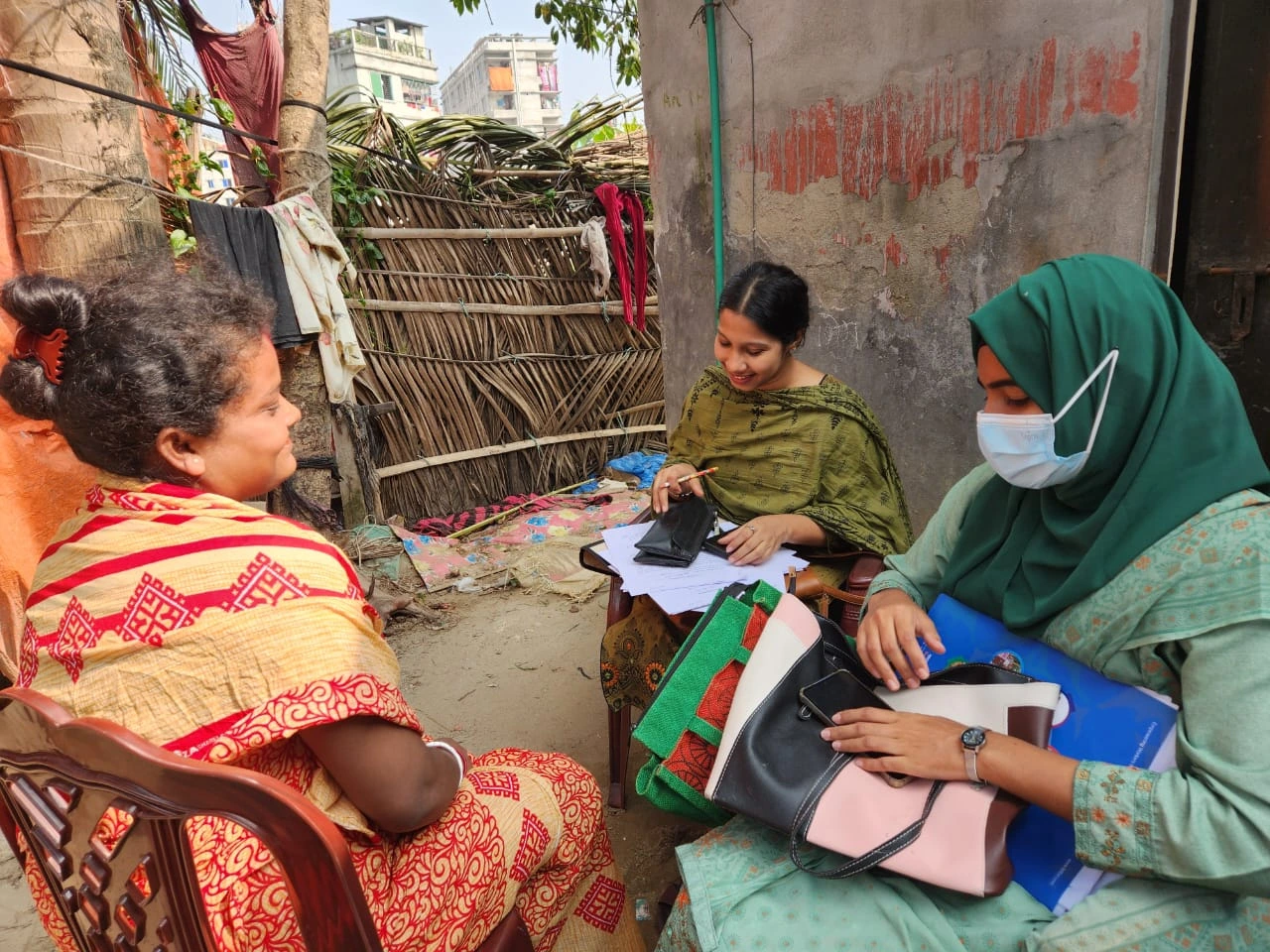Skill Development and IGA Training

Skill Development and Income-Generating Activities (IGA) Training are crucial components in empowering individuals and communities, particularly those in marginalized or vulnerable situations. These initiatives are aimed at enhancing people’s abilities, expanding their income opportunities, and ultimately improving their overall quality of life. Through skill development and training in IGAs, individuals gain the necessary tools to sustain themselves, contribute to their communities, and build a more resilient future.
Here’s an in-depth look at Skill Development and IGA Training, their importance, and the approaches to organizing these programs effectively:
1. Skill Development
Skill development refers to the process of acquiring new skills or improving existing ones. These skills may range from technical or vocational skills to soft skills, such as communication, leadership, or problem-solving. The ultimate goal of skill development is to enhance an individual’s capacity to find employment, succeed in their job, and increase their ability to contribute to the economy and society.
Types of Skills Developed:
Technical Skills: These are job-specific skills needed to perform tasks in particular fields, such as computer programming, carpentry, plumbing, or tailoring. Technical skills are often required in specific trades and professions.
Vocational Skills: These are specialized skills related to particular industries or occupations, like hairdressing, electrical work, hospitality, or manufacturing. Vocational skills are usually hands-on and practical, enabling people to enter the workforce directly after training.
Soft Skills: These are personal attributes that enhance an individual’s interactions, communication, and work relationships. Soft skills include time management, problem-solving, teamwork, emotional intelligence, and leadership.
Entrepreneurial Skills: These skills enable individuals to start and run a business. They include financial literacy, marketing, customer service, business planning, and strategic thinking.
Benefits of Skill Development:
Increased Employability: Skill development improves individuals’ chances of finding stable and meaningful employment, especially for those with limited education or prior work experience.
Higher Income: Skilled workers are often able to command higher wages, as they offer specialized services that are in demand.
Economic Growth: When large numbers of people develop marketable skills, it boosts the overall productivity of the economy and strengthens the workforce.
Social Empowerment: Skill development empowers individuals, particularly women and young people, by increasing their independence and ability to contribute to their households and communities.
2. Income-Generating Activities (IGA) Training
Income-generating activities (IGA) training focuses on equipping individuals or groups with the knowledge and skills to engage in activities that generate income. These can include both traditional and modern business activities, such as small-scale farming, crafts, retail, and service-based businesses. The objective is to improve financial self-sufficiency, reduce poverty, and create sustainable livelihoods.
Types of Income-Generating Activities (IGAs):
Agriculture and Livestock Farming: Training in modern farming techniques, animal husbandry, crop cultivation, and organic farming can improve productivity and income. Farmers may also be trained in post-harvest management, food processing, and marketing.
Crafts and Handicrafts: For communities with strong traditions of handcrafts, IGA training may focus on creating and selling products like jewelry, textiles, pottery, or artwork. Training in market trends and product pricing is essential for these activities.
Small-Scale Business: This includes training in retail businesses such as running a small shop, selling goods, or offering local services. It covers areas like customer relations, bookkeeping, and inventory management.
Microenterprises: Individuals may be trained in establishing small businesses, such as food stalls, beauty salons, or repair services. Entrepreneurs learn to create business plans, source materials, set pricing, and manage financials.
Service Sector: Training can also focus on offering services such as catering, cleaning, laundry, carpentry, or beauty services. These services can often be started with minimal capital and can generate steady income.
Benefits of IGA Training:
Financial Independence: IGA training empowers individuals to generate their own income, reducing dependency on external support or unreliable sources of income.
Job Creation: By creating self-employment opportunities, IGA training helps individuals contribute to local economies and even create jobs for others as businesses grow.
Improved Living Standards: Individuals who succeed in IGAs are able to support their families, meet basic needs, and improve their overall living conditions.
Poverty Alleviation: By providing people with the tools and knowledge to generate income, IGA training directly addresses poverty by reducing economic vulnerability.
3. Designing Effective Skill Development and IGA Training Programs
To maximize the impact of skill development and IGA training, the programs should be carefully designed to meet the needs of participants and the local context. Here’s how to design these programs effectively:
Needs Assessment
Before designing any training, conduct a needs assessment to understand the specific skills or income opportunities that are most relevant to the participants. This assessment should consider:
- Local industries or employment trends
- Educational and skill levels of participants
- The demand for particular goods or services in the area
- Available resources (such as tools, raw materials, or infrastructure)
- The socio-economic status and aspirations of participants
Curriculum Design
The training curriculum should be:
- Relevant: Tailored to the skills and income opportunities most likely to benefit participants in their specific environment.
- Practical: Focused on hands-on, experiential learning that allows participants to develop real-world skills. It should include demonstrations, practice sessions, and case studies.
- Modular: Organized in modules that allow for gradual progression, ensuring that participants can build their skills step-by-step.
- Flexible: Adapted to different learning speeds and educational backgrounds. It should include a variety of learning methods, such as workshops, videos, field visits, and peer learning.
Delivery Methods
Classroom Training: While some aspects of training (like theory and business planning) can be delivered in a classroom setting, the emphasis should be on practical, skill-based learning.
Apprenticeships and On-the-Job Training: Mentorship or apprenticeships with experienced professionals in relevant fields provide valuable real-world experience. This hands-on experience often leads to better retention of skills and more confidence in applying them.
Group Training: Peer-based training and group activities create opportunities for sharing knowledge, learning from one another, and fostering community support.
Online Learning: Where feasible, online platforms can be used to deliver part of the training, particularly for soft skills and theoretical knowledge. This can make training more accessible, especially in rural or remote areas.
Sustainability and Follow-Up
Mentorship and Support: Provide continued support after the training program, such as mentorship or follow-up sessions. This helps participants apply their new skills and overcome any challenges they encounter.
Market Linkages: Link participants to markets, whether local or international, to sell their products or services. Training in marketing and business development should include building connections with suppliers, customers, and potential business partners.
Access to Financing: Offer training on financial management and access to microloans or grants. In some cases, participants may need small amounts of capital to start their IGAs.
Evaluation and Feedback
Monitor and Evaluate: Regularly assess the effectiveness of the training through feedback from participants, performance assessments, and tracking of income-generation progress. Adjust the program based on this feedback to improve future training efforts.
Celebrate Successes: Showcase the success stories of individuals who have benefited from the program to inspire others and attract more participants or donors.
4. Successful Examples of Skill Development and IGA Training Programs
Grameen Bank (Bangladesh): One of the most well-known examples of IGA training is Grameen Bank’s microcredit program. It provides small loans to entrepreneurs, particularly women, to help them start small businesses. The program also offers training on business skills, financial literacy, and marketing.
Vocational Training Centers (India): Various vocational training programs in India focus on skill development in sectors like hospitality, retail, beauty, and IT. These programs provide targeted training and job placement services, with a focus on youth from disadvantaged communities.
African Women Entrepreneurs Program: Several organizations across Africa focus on empowering women through skills development and entrepreneurship training. These programs cover everything from financial literacy to marketing and provide opportunities for women to start or expand their businesses in agriculture, textiles, and other industries.
Youth Employment Services (YES) Programs: In many parts of the world, youth employment programs offer training in both soft and hard skills. These include professional development, technical training in areas like mechanics or IT, and IGA-focused entrepreneurship training to help young people launch their own businesses.
5. Conclusion
Skill development and IGA training are powerful tools for enabling individuals to improve their livelihoods and break free from the cycle of poverty. By providing participants with the skills they need to succeed in the workforce and generate their own income, these training programs lead to long-term social and economic benefits. To be successful, these programs need to be designed based on local needs, tailored to the skills required by the market, and equipped with follow-up support to ensure sustainability.









